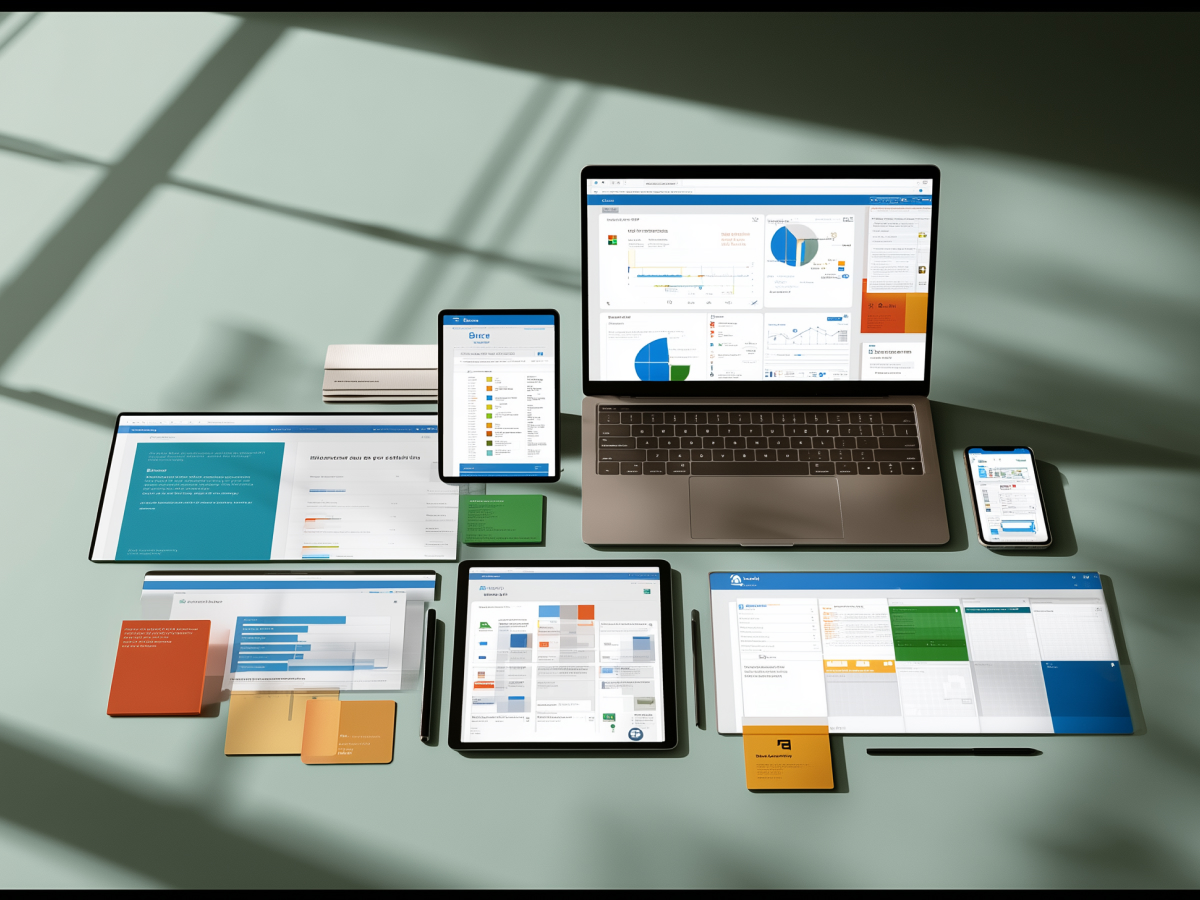eCommerce and media websites are failing the accessibility test
Digital accessibility is a fundamental business requirement. Yet, according to a recent audit by the Contentsquare Foundation, eCommerce and media websites are falling behind. These sectors scored an average of just 5.4 and 5.8 out of 10, respectively, in an analysis of the 100 most visited websites across six major countries, including the U.S. and Germany. That’s a pretty big gap considering today’s push for inclusivity.
The study highlighted some common shortcomings, like missing alt-text on images and poor color contrast. Think of alt-text as the voice that describes visuals for visually impaired users. Without it, key content remains inaccessible. Poor color contrast is another issue—if text blends into the background, it’s unreadable for users with vision challenges. These are barriers. And barriers mean fewer customers, lower engagement, and, ultimately, lost revenue.
71% of high-scoring websites came from public sector organizations. That leaves a clear message that businesses have some serious catching up to do. Addressing these gaps is needed to stay competitive.
Small changes, big business impact
Improving digital accessibility isn’t rocket science. A few strategic tweaks can transform the user experience, opening doors to millions of potential customers. Start with alt-text for images. This simple addition ensures that users relying on screen readers aren’t left in the dark. Then, fix color contrast issues. A site with clean, readable text is better for people with visual impairments and better for everyone, especially on mobile devices, which are used in all kinds of lighting conditions.
Accessibility boosts your bottom line. Shashi Bellamkonda, a leading researcher at Info-Tech Research Group, points out that poor accessibility leads to site abandonment. And every abandoned site is a lost sale. Addressing these gaps reduces friction, keeps customers on your page, and increases conversions.
“Think of accessibility as an investment, not a cost. Sure, the upfront cost might seem high, but the long-term benefits of increased traffic, better customer loyalty, and broader market reach far outweigh it.”
Why banks lead in accessibility
Surprisingly, banks are setting the bar for digital accessibility. In the Contentsquare Foundation study, banking websites scored an average of 6.6 out of 10, with U.S. banks leading the charge at 7.6. Why? It’s not because they’re more innovative, but because they’re legally required to comply with the Americans with Disabilities Act (ADA). The ADA enforces strict accessibility standards, and banks have taken it seriously to avoid lawsuits and protect customer trust.
Banks’ high scores showcase that legal compliance drives better performance. But here’s the thing: accessibility should focus on providing a seamless experience for everyone, from young professionals checking balances on their phones to older customers managing retirement funds.
This isn’t just a “banking thing” either as other industries can learn from their example. Make accessibility a priority, and you’ll comply with regulations, and build trust. And trust, as we all know, is the foundation of long-term growth.
Accessibility as the key to inclusive growth
Accessibility is a growth strategy. When you design for accessibility, you’re creating a better experience for everyone. Take color contrast, for example, which helps users with impaired vision, and helps anyone viewing your site under bright sunlight. Or alt-text: it serves the visually impaired and improves SEO, making your site more discoverable.
Shashi Bellamkonda put it perfectly: “Don’t think of digital accessibility as legal compliance. Use best practices to create a positive and very inclusive experience for all users.”
Accessibility is a win-win. It makes your brand more approachable and fosters customer loyalty. And in a world where consumers gravitate toward brands that reflect their values, inclusivity is a strong differentiator. Digital accessibility opens your business to untapped markets, strengthens your brand, and future-proofs your digital presence.
Key takeaways for decision-makers
- eCommerce and media lag behind: eCommerce and media websites scored poorly in a global audit, averaging 5.4 and 5.8 out of 10. Leaders in these sectors should prioritize accessibility enhancements to retain customers and avoid revenue loss.
- Banks lead due to regulatory compliance: Banking websites outperformed others with an average score of 6.6, driven by strict adherence to accessibility regulations like the ADA. Businesses in non-regulated sectors can gain a competitive edge by proactively adopting similar practices.
- Simple improvements, big gains: Easy-to-implement changes like adding alt-text and improving color contrast can enhance user experience, reduce site abandonment, and boost sales. Decision-makers should allocate resources to address these basic accessibility flaws.
- Inclusivity drives trust and growth: Beyond compliance, accessible design builds trust and opens new markets, particularly among aging and disabled users. Leaders should treat accessibility as a strategic opportunity to foster long-term customer loyalty and business growth.




